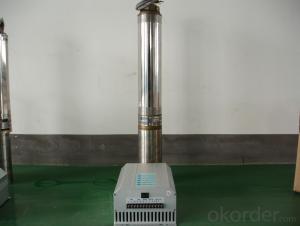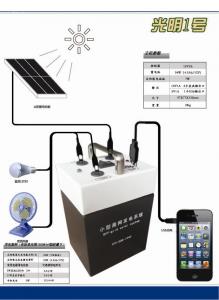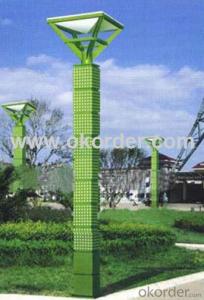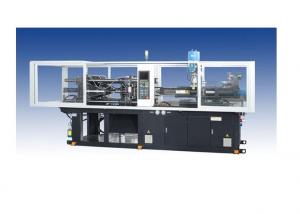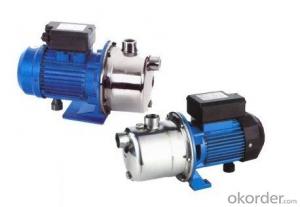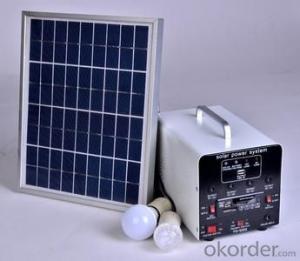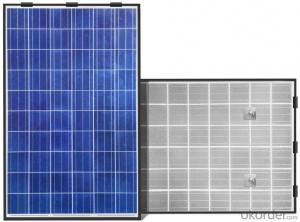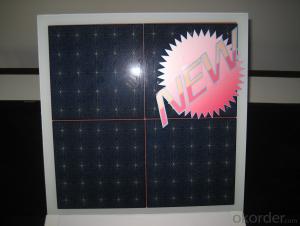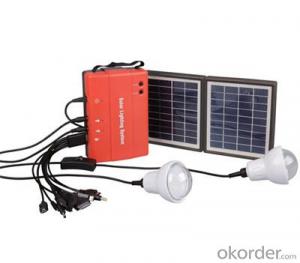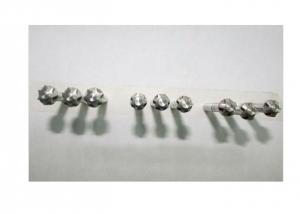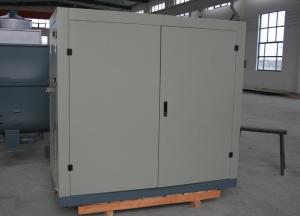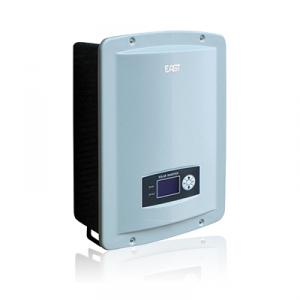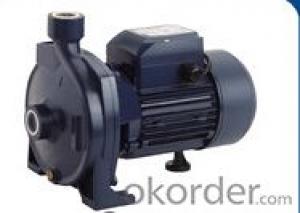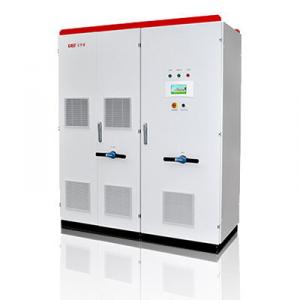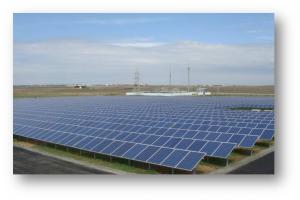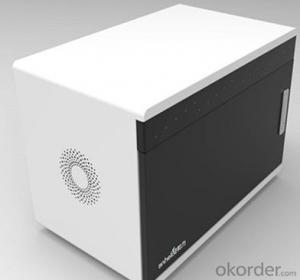Small Solar Inverter
Small Solar Inverter Related Searches
Solar Small Inverter Small Solar Panel Inverter Solar Mini Inverter Micro Solar Inverter Micro Inverter Solar Mini Solar Inverter Mini Inverter Solar Solar Solar Inverter Solar Micro Inverter Solar Inverter Mini Sun Solar Inverter Solar Panel Mini Inverter Small Solar Inverter Price Inverter Solar Solar System Inverter Sunshine Solar Inverter Solar Light Inverter Solar Electric Inverter Mini Solar Inverter Kit Cheap Solar Inverter Cheap Solar Micro Inverter Solar Hybrid Inverter Solar Battery Inverter Solar Based Inverter Solar Energy Inverter Solar Photovoltaic Inverter Solar Smart Micro Inverter Solar Cell Micro Inverter Mini Inverter Solar Panels Portable Solar InverterSmall Solar Inverter Supplier & Manufacturer from China
Small Solar Inverters are compact devices designed to convert the energy generated by solar panels into usable electricity for homes and businesses. These inverters play a crucial role in harnessing the power of the sun and making it accessible for everyday use. They are particularly beneficial in scenarios where traditional energy sources are either unreliable or unavailable, providing a sustainable and eco-friendly alternative. Small Solar Inverters can be used in a variety of applications, such as powering small appliances, lighting systems, and even charging electronic devices in remote locations. Their portability and ease of installation make them an attractive option for both residential and commercial use.Okorder.com is a leading wholesale supplier of Small Solar Inverters, offering a vast inventory of these energy-efficient devices. The company is committed to providing high-quality products at competitive prices, ensuring that customers have access to reliable and cost-effective solutions for their energy needs. With a wide range of Small Solar Inverters available, Okorder.com caters to the diverse requirements of its clientele, making it a one-stop-shop for all solar energy conversion needs.
Hot Products
